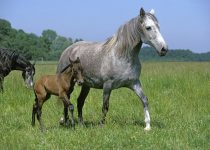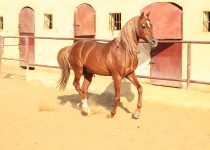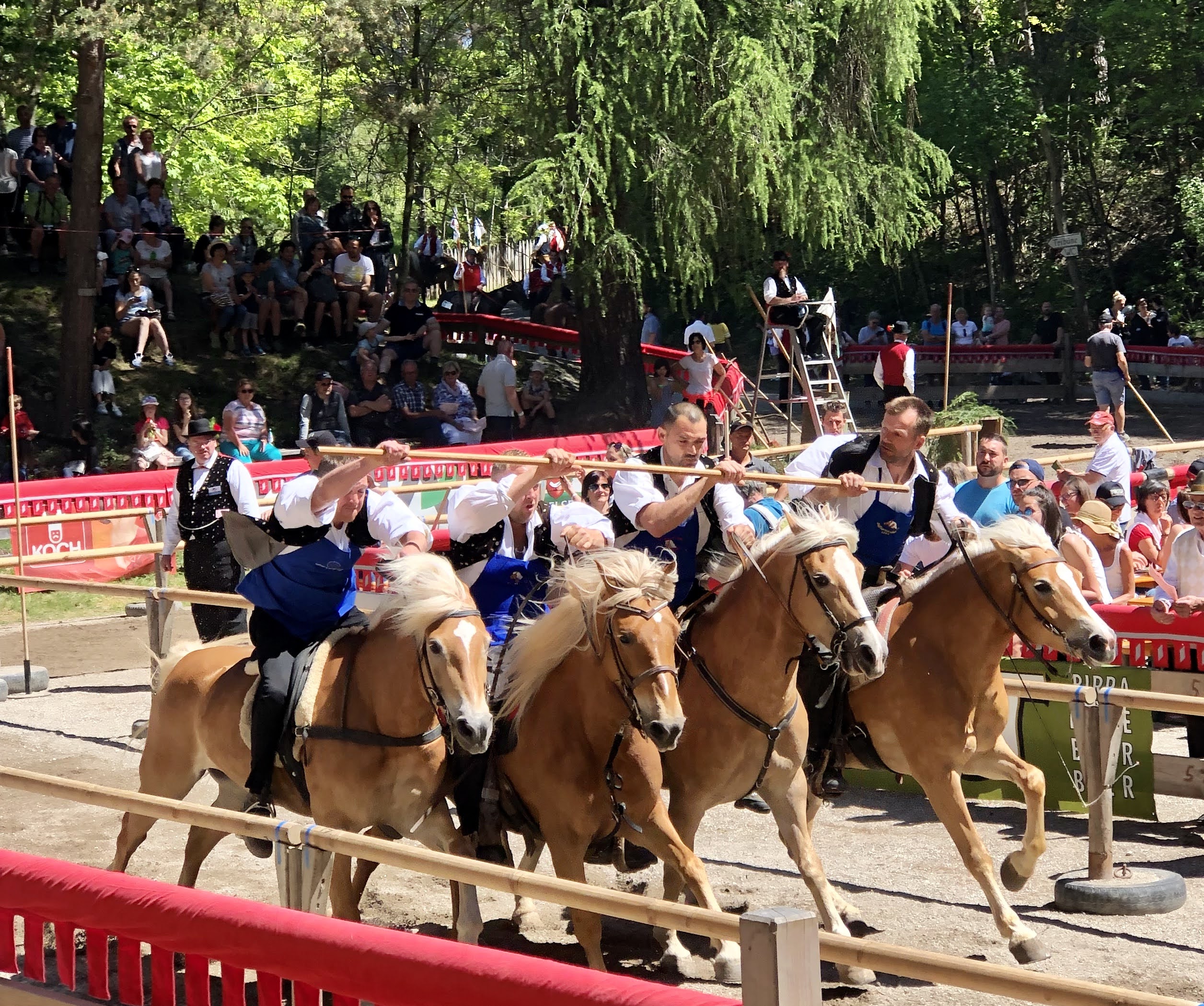Thoroughbred: The Epitome of Speed and Grace in the Equestrian World
The Thoroughbred, a horse breed known for its speed, agility, and spirit, has a rich and fascinating history. This breed, which has its roots in England, has become a symbol of prestige and athleticism in the equestrian world. Let’s explore the captivating world of Thoroughbreds, their characteristics, history, uses, and care requirements.
Characteristics of the Thoroughbred
Thoroughbreds are renowned for their speed and endurance, but there’s so much more to this breed. They are also known for their distinctive physical characteristics and spirited temperament.
Physically, Thoroughbreds typically stand between 15.2 and 17 hands high, with a well-chiseled head, long neck, deep chest, and short back. Their legs are long and strong, designed for rapid acceleration and sustained speed. Thoroughbreds have a fine, silky coat that comes in a variety of colors, including bay, black, chestnut, and gray.
Temperament
Thoroughbreds are known for their spirited, energetic, and sensitive nature. They are intelligent and quick learners, which makes them excellent competitors in various equestrian disciplines. However, their spirited nature also means they require a knowledgeable and experienced handler.
Despite their reputation for being hot-blooded, Thoroughbreds can also be incredibly gentle and affectionate. They form strong bonds with their handlers and are known for their loyalty and trustworthiness.
History of the Thoroughbred
The history of the Thoroughbred is a tale of selective breeding, royal influence, and a passion for speed. Originating in 17th and 18th century England, Thoroughbreds are the result of crossing native mares with imported Arabian, Barb, and Turkoman stallions.
The goal was to create a breed that combined the speed and endurance of Eastern breeds with the strength and hardiness of English horses. The result was the Thoroughbred, a breed that has had a profound impact on horse racing and other equestrian sports.
Thoroughbreds in Racing
The Thoroughbred’s speed and stamina quickly made it the breed of choice for horse racing. The first recorded race for Thoroughbreds took place in 1660, and the breed has dominated the sport ever since.
Today, Thoroughbreds are the stars of some of the most prestigious horse races in the world, including the Kentucky Derby, the Preakness Stakes, and the Belmont Stakes, collectively known as the Triple Crown.
Uses of the Thoroughbred
While Thoroughbreds are most famous for their racing prowess, they are also highly versatile and excel in many other equestrian disciplines.
In show jumping, their speed, agility, and jumping ability make them highly competitive. In dressage, their intelligence, sensitivity, and willingness to learn are highly valued. Thoroughbreds also make excellent eventing horses, where their speed, endurance, and jumping ability are all put to the test.
Thoroughbreds as Pleasure Horses
Thoroughbreds are not just for the competitive equestrian. They also make wonderful pleasure horses for those who enjoy trail riding, hacking, or simply spending time with a beautiful and affectionate animal.
Their intelligence and sensitivity make them responsive and enjoyable to ride, and their affectionate nature makes them wonderful companions. However, their spirited temperament means they are best suited to experienced riders.
Caring for a Thoroughbred
Thoroughbreds, like all horses, require regular care to keep them healthy and happy. This includes a balanced diet, regular exercise, routine veterinary care, and plenty of social interaction.
Because of their high energy levels and athletic build, Thoroughbreds require a diet high in quality protein and carbohydrates. They also benefit from regular turnout in a pasture where they can graze and exercise freely.
Health Considerations
Thoroughbreds are generally healthy animals, but they are prone to certain health issues. These include gastric ulcers, due to their sensitive nature and the high-stress environments they often work in, and musculoskeletal issues, due to the intense physical demands placed on them.
Regular veterinary check-ups, a balanced diet, and a well-managed exercise program can help prevent these issues and ensure your Thoroughbred stays in top condition.
Whether you’re an experienced equestrian looking for a competitive partner, or a horse lover seeking a loyal and spirited companion, the Thoroughbred offers a unique blend of speed, agility, and personality. With the right care and handling, a Thoroughbred can be a rewarding and fulfilling addition to your life.



